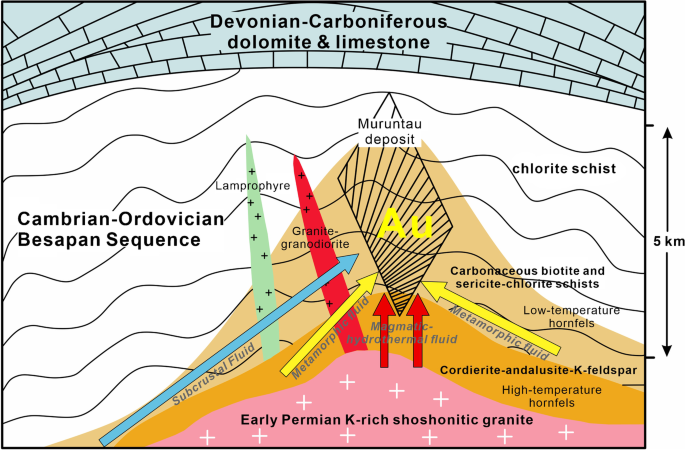Geophysical techniques have long been indispensable tools in the mineral exploration industry. These techniques play a crucial role in providing valuable insights into what lies beneath the Earth’s surface without the need for excavation. Geophysicists can piece together a detailed picture of the subsurface using a range of methods that analyze the physical properties of rocks and minerals. This in turn guides decision-making throughout the exploration process, from selecting potential exploration areas to defining targets for drilling.
Geophysical techniques cover a wide range of methods involving the measurement and analysis of various physical properties of the subsurface. These techniques are based on the basic principle that different rock types and mineral deposits exhibit different physical properties, such as density, magnetic susceptibility, electrical conductivity and natural radioactivity. By measuring these properties, geophysicists can gather important information about the composition, structure and distribution of rocks and minerals below the surface without the need for excavation or drilling.
Geophysical techniques in mineral exploration serve the primary purpose of identifying and characterizing potential mineral deposits. They are often referred to as non-invasive or indirect methods because they allow geologists and mining engineers to obtain a wealth of information about the subsurface without physically touching or altering the ground. This is particularly advantageous as it reduces environmental impact, minimizes costs and speeds up the exploration process.
Geophysical techniques are broadly divided into several categories, including magnetic, gravity, electrical, seismic and radiometric methods. Each of these categories involves specialized equipment and methodologies to measure specific physical properties. The data collected is then processed and interpreted to create models and maps of the subsurface, which are invaluable in guiding exploration efforts and making informed decisions about where to focus resources.


The Role of Geophysics in Mineral Exploration
The role of geophysics in mineral exploration is very important because these methods bridge the gap between surface observations and subsurface realities. Here are some of the main ways in which geophysical methods play an indispensable role in mineral exploration:
- Mapping Subsurface Geology: Geophysical surveys help map subsurface geology by providing data on rock types, structures and formations. This is essential for understanding the geologic structure of a region and identifying locations that have the potential to host mineral deposits.
- Identification of Anomalies: Certain physical properties of mineral deposits differ significantly from the surrounding rocks. Geophysical methods can detect these differences and identify anomalies that may indicate the presence of minerals.
- Depth Estimation: Geophysical techniques make it possible to estimate the depth of rock formations and mineral deposits. This information is critical for assessing whether mining is economically viable.
- Reducing Exploration Risks and Costs: Geophysical methods provide detailed information about the subsurface, allowing for more targeted exploration. This means that drilling can be focused on the most promising areas, thus reducing the number of unnecessary drill holes, saving time and minimizing costs.
- Environmental Management: Geophysical methods are generally more environmentally friendly compared to other exploration methods, such as drilling, as they are harmless. They allow the subsurface to be evaluated with minimal damage to the environment.
- Facilitating Decision Making: The data collected through geophysical surveys is vital for making informed decisions. Whether it is deciding where to allocate resources or determining the viability of a mining project, geophysical data is often an important piece of the puzzle.
- Complementing Other Data: Geophysical data is particularly powerful when used in combination with geological and geochemical data. The combination of these data sets can provide a much more comprehensive picture of the subsurface.
As SAGTech Geophysics, we apply geophysical methods, which are the cornerstone of modern mineral exploration, in an environmentally sensitive manner in international standards, integrate them with geochemical and geological data and produce 2D-3D models.
Geophysical Methods We Use
- Ground and Airborne/Drone Magnetic
- Micro Gravity
- Resistivity (ERT and VES)
- IP/Resistivity
- Electromagnetic (MT/AMT)
- Geophysical Well Logging































